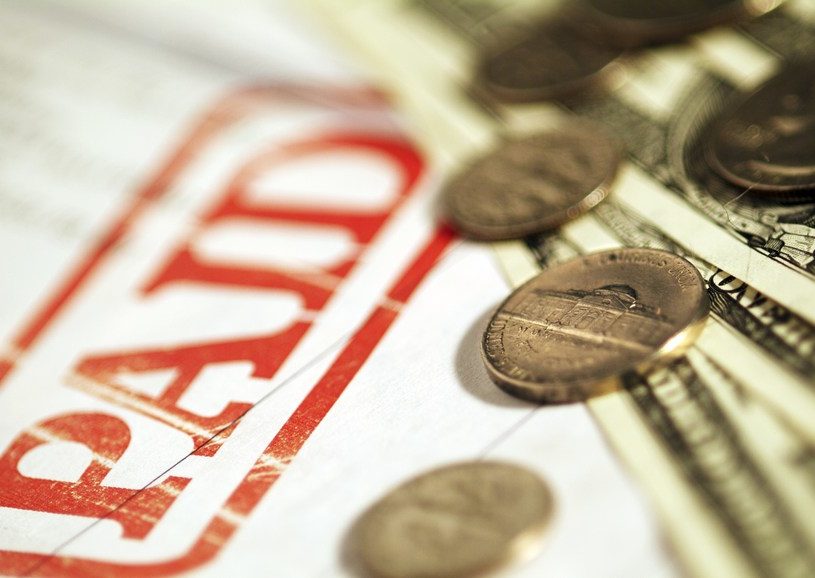As a subscription business, you have two critical touch points with your customers every month: product delivery and rebilling subscriptions. Both can significantly impact customer service load and customer retention. What’s more, both play important roles in scheduling internal business practices like product procurement and payroll.
Let’s explore the details of these two important dates, and discuss a few simple best practices to help you master your monthly schedule.
Part 1: Shipping
Shipping is one of the most exciting times of the month. Your customers are set to receive their subscription and provide feedback on all of the hard work you’ve done to curate and pull together the current month’s box.
But… when do you ship?
Do you ship every day you get an order? Once a week? Twice a month?
Deciding Frequency
Instead, it is highly recommended that you ship once a month, especially in your early stages. By shipping once a month, you solve the following issues:
Customer Expectations: A single, clear shipping date is easy to remember. In addition, once you’ve set a clear precedent that shipping happens only once a month, you won’t have to worry about complaints in regard to shipping frequency (a common misconception).
Easier to Interpret Data: By removing “time of month” as a variable in your customer experience, you simplify any analysis. In other words, if all your customers have the same delivery experience every month, you can remove that as a factor when trying to understand changes in your churn rate or other subscription KPIs.
Deadline for Curation: Your shipping deadline also serves as a deadline for product procurement. A normalized schedule makes for easier purchasing and ensures you’re never using cash you don’t have (or credit) to purchase product for the month’s box.
Easier Fulfillment: You’ll always pack – or, preferably, schedule your packing – the same week each month. This will also most likely reduce your fulfillment costs, as you won’t ever be paying to store product. See our guide on “Fulfillment: Outsourcing Vs. In-House.”
Choosing the Date
When choosing your date to ship, we recommend choosing a date in the second or third week of the month. For example, the 10th, 15th or 20th. There are several good reasons to choose a date in that time frame, such as…
Clearly associates the shipped box to the month: For example, boxes that ship on October 15th and arrive around the 20th clearly are the “October” boxes. Shipping later in the month and having boxes arrive the following month can be confusing for customers.
Fewer Holidays: Some of the largest national holidays, including Christmas, Thanksgiving, Labor Day, and so on, occur during the first and last weeks of the month. Avoiding these means you can avoid thinking about how shipping and fulfillment will be affected by holiday closures.
Works well with rebilling: Read on to the next section to find out why!
Shipping Best Practices
Once you have your schedule determined, there are a handful of other best practices you should follow:
- Make sure tracking emails are functioning correctly, are updated, and are properly scheduled.
- Announce shipping to your community via social networks, then build engagement by asking questions and sharing photos of the box.
- If there are significant changes in your schedule, like a delay due to a storm, communicate it clearly to your customers. Remember, you’ve set an expectation by choosing a date.
- Notify customer support. This is the eve of an uptick in requests, so make sure your team is prepared.
Part 2: Rebilling
After you’ve sent your subscribers their box, the next big date on the horizon is rebilling.
By now, customers have unboxed, shared, tweeted, and video-blogged about your box. You’ve likely processed many of the churned customers after delivery, but there’s always the potential for customers to “forget they had a subscription,” leaving them shocked with a charge on their statement.
Choosing the Date
A lot of thought has gone into when you should rebill your customers. Rather than get into the specifics on the time of day, or day of the week, of rebilling in this guide, let’s discuss it in terms of your larger schedule.
It’s generally advised you rebill along these following lines:
Never before your customers have received that month’s box!
Never more than a week or so after they’ve received their box. The experience is fresh in their mind, and they’re more likely to remember why they enrolled in the expense.
Always around the same time each month. Sporadic billing dates can be confusing.
Not on a rolling basis (i.e., if you signed up on the 6th, you’re rebilled on the 6th every month). This causes lumpy financials and makes it harder to plan effectively.
That considered, if you follow the date suggestions for shipping, you might consider scheduling rebilling on the 18th, 23rd, or 30th of each month (about a week, including two days for weekends, after shipping).
Rebilling Best Practices
Once you have your date decided, follow these best practices to keep rebilling headache-free:
- Communicate it to your customers! Set the expectation.
- Use reminder emails only when needed. By reminding people of their subscription, you may increase churn unnecessarily. Reminding customers when you need to, ie. a rebilling date change, price change, etc.
Put Shipping and Rebilling to Work for You
Effectively planning ahead and setting normalized schedules for these two important times of the month can greatly improve the experience of your business, both for customers and for you as the business owner.
Our Suggested Shipping & Rebilling schedule
- Ship on the 4th of the month
- Renew customers’ subscriptions on the 11th of the month
Depending on the shipping method you use, allow at least 2-4 days for shipping and 2-4 days to give customers a chance to cancel BEFORE renewal billing happens.



